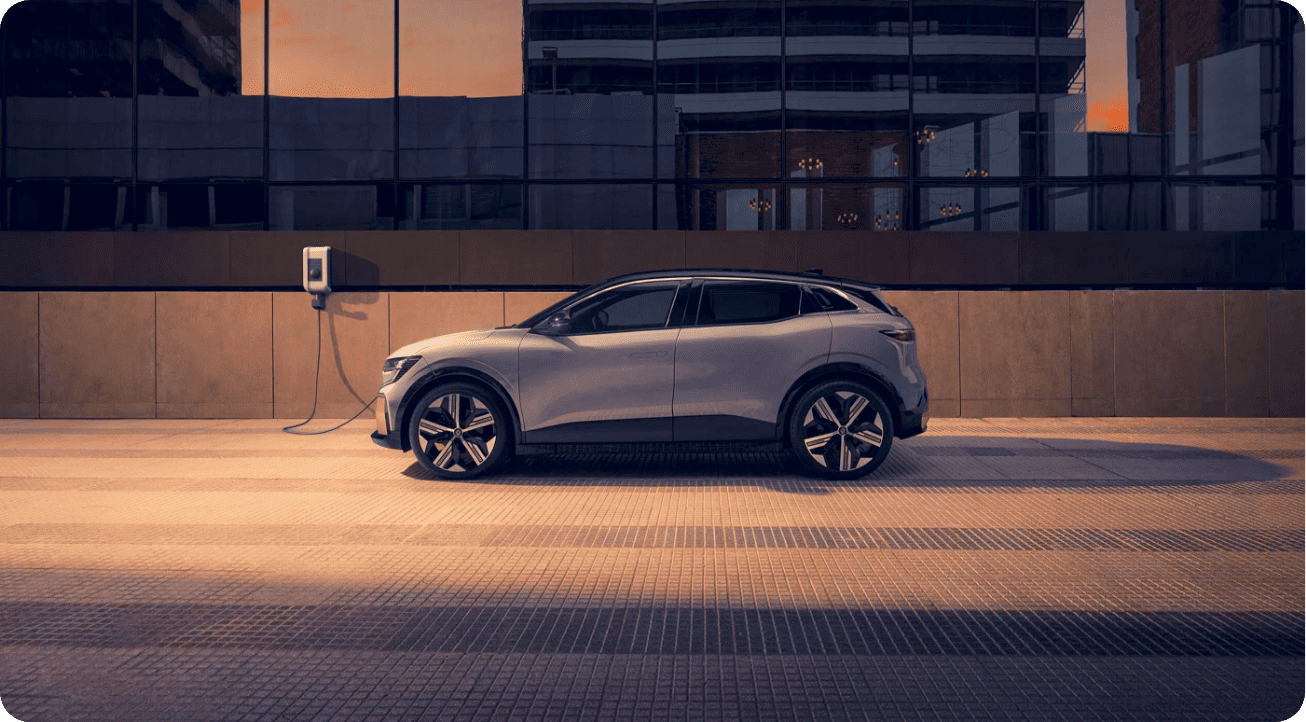The Story Behind the New Renault.ro
The Story Behind the New Renault.ro
10.000 excel lines and many documents filtered, dozens of sessions, nearly 300 tasks solved and a product that we are proud of: the new renault.ro.

The story
Renault.ro website was changed last year. On the technical side we have adopted a new CMS (Content Management System), the design was changed completely, the site was restructured and redesigned. Thus, in just three and half months we have a new site. It is responsive and mobile friendly, features a new site structure and new content. It was a sprint that brought us a 20% traffic increase after the first three months.
The renault.ro new site was built on a platform managed from London and Paris. It is based on a complex template, which will also serve as structure for another 320 websites in the automotive industry.
In everything we have done we were guided by brand values (vibrant, human, engaging and innovative).
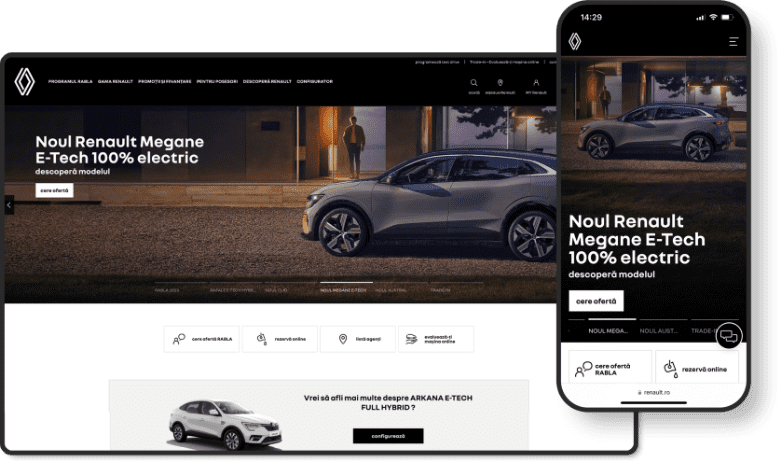
Vision
In the same year that Renault identity was changed (tagline, logo, icons, font, colors, header etc.) we had communication changes.
Now we embrace a vibrant and connected language by reflecting the brand personality. All these changes reflect the new Renault vision: “Passion for life.”
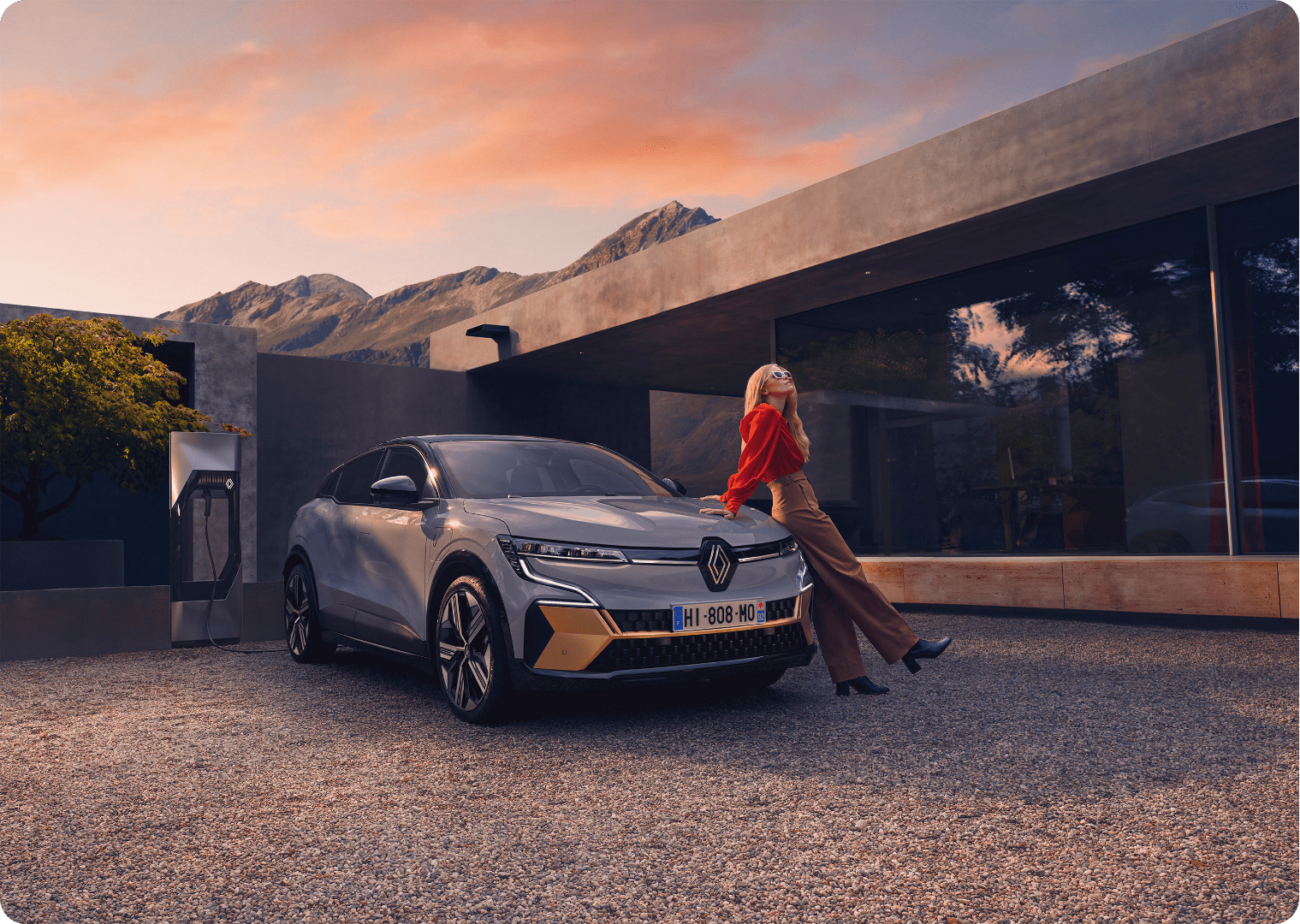
Teamwork
For only one project have worked three cross-functional teams. Three teams based on different locations (Iasi, Bucharest and France) have worked together to fulfill a single purpose.
The team from France
Cross-countries project coordination, bugs fixing, training, updates
The Renault team
The perfect bond between the teams, the decision makers and the visionaries
The Grapefruit team
Was busy implementing content and doing pages.
First step
The first important step was reorganizing the pages. What do you do when you have a site with over 2.000 pages and you want to make a 200-page site? What will you do with the rest of the pages?
I went out with this huge challenge and one more: I had 10 pages/category before, but now there are three main sections. This was game changing for us because we had to prioritize our content so that we can give up some without regrets. So we cut over 1.700 pages.
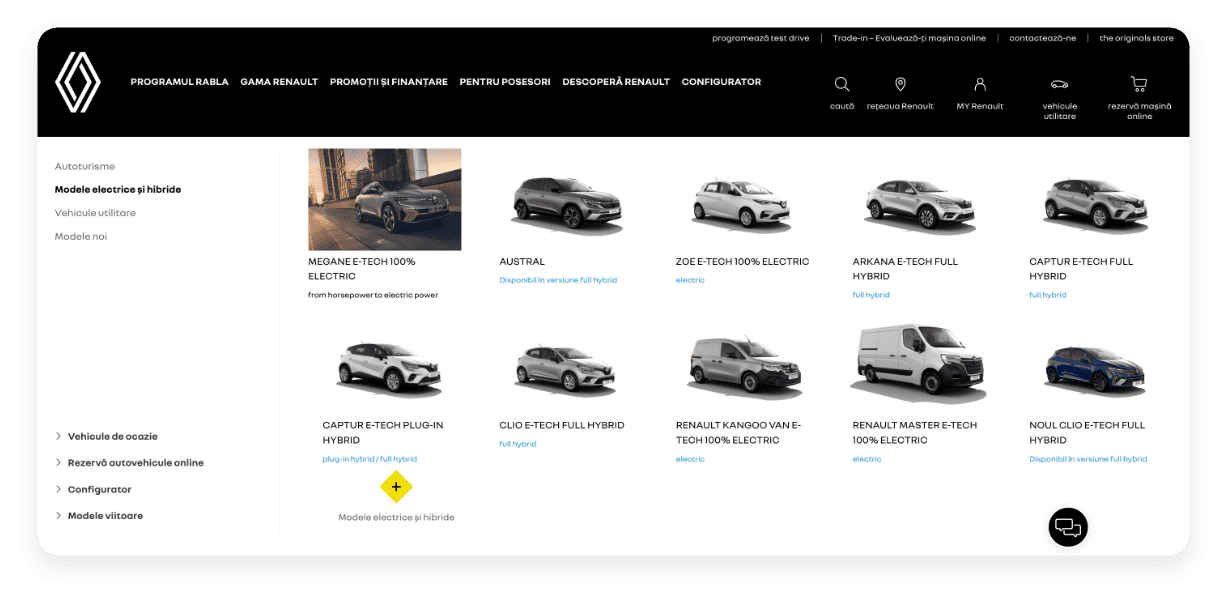
Sitemap
During this stage, we restructured the links and the pages that were hard to find. We gave up on pages with small visits count and those that had old content. We established new links and cut over 1.700 pages on the new sitemap Renault.ro.
We thought about future and the established objectives. We asked ourselves if the traffic would drop (and how much) after the launch, considering that over 90% of the links would change and we would have 10% or fewer pages.
To avoid a traffic drop after launch we did everything: directed all links and sub-domains and tried to maintain some of the links unaltered.
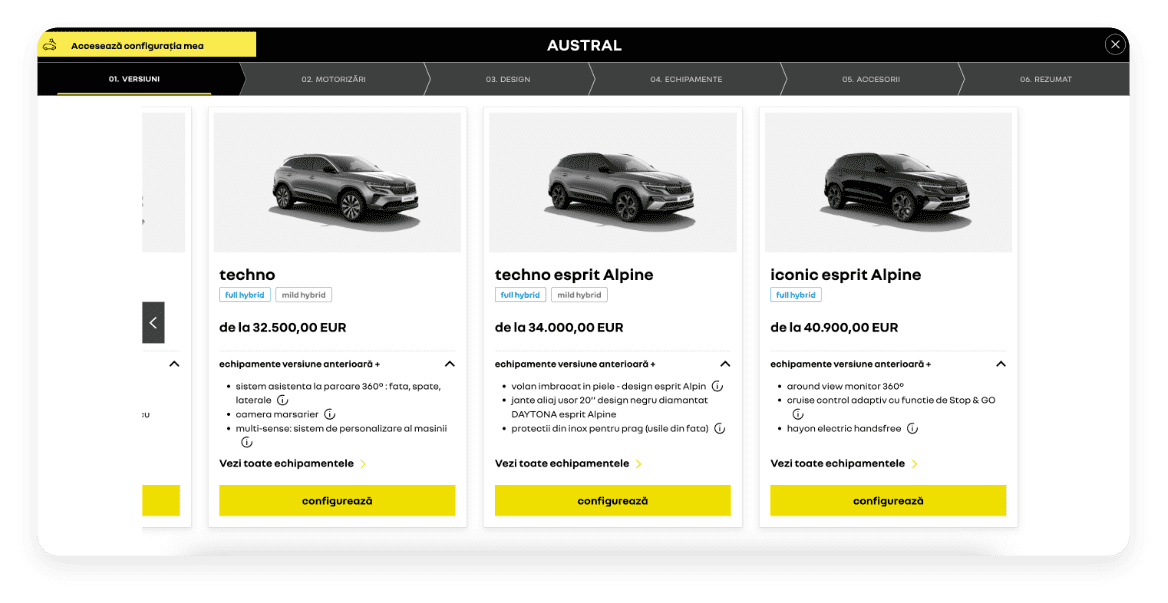
Hello, Content
We inventoried all existing content and we gave up on the old pages, press releases and came up with fresh-adapted versions. The Renault team was amazing because they realized priorities and dropped the old content.
In addition, we replaced the ancient flash technology and locally developed content. The pictures were replaced. We had 700-800px images on the main page before, which we had to adapt to a 3000px resolution. Visually, that meant a big difference.
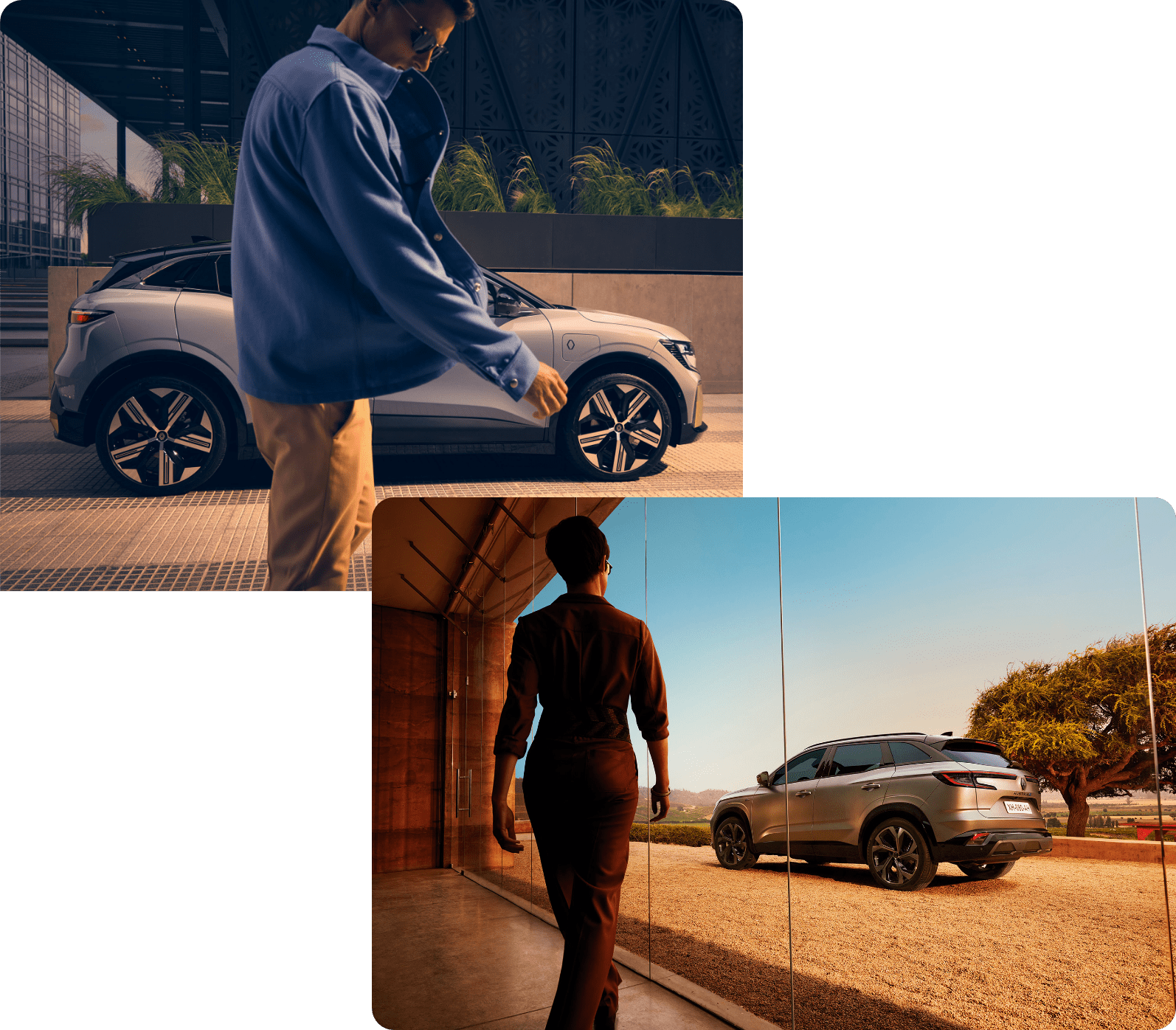
The Story begins with…training
Any transition from old technology to the new one requires a stage for adaptation. For us, this stage meant knowledge and learning a completely new CMS. Together with the Renault team, we attended a training. After three days of training, we concluded that all work will be very enjoyable for the team that will handle the project.
The new CMS is intuitive, easy to learn, updates happen automatically (without saving) and everything is responsive. In addition, we gained super powers with this new platform when I realized that implementing a form was easy work for a content editor. The content team could put validations and create forms from scratch. It was a time saver for the past development work.
Time, people and management
Time was not a problem because a dedicated internal team was dealing with this project. Five content people together with a tester, Project Manager, SEO Consultant and the technical department worked at this project over a period of three months.
In addition, one colleague worked a Renault office over this period.
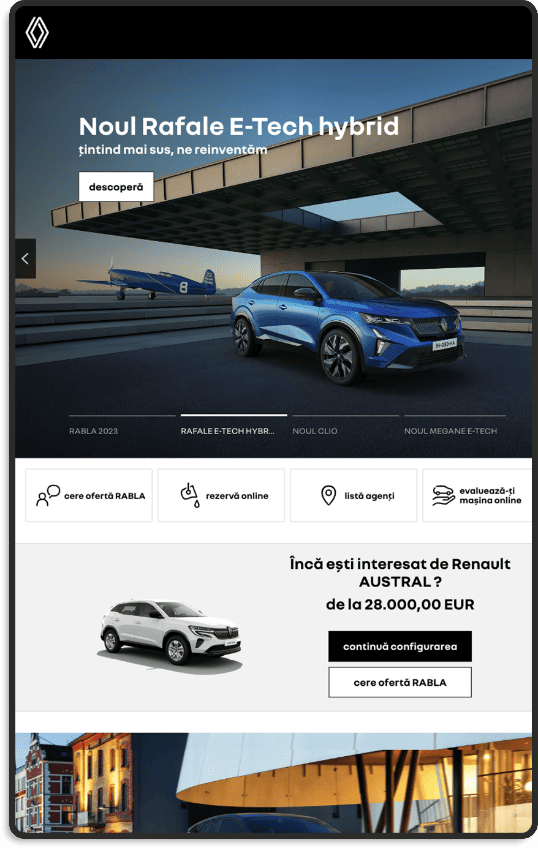
Testing
Testing was an important element because we had over 60 meeting-calls, this time, involving the three teams who handled the project. Testing was an important piece of the puzzle. One of the most important items without which the site could not be released was MY Renault – a platform dedicated to Renault customer use.
End users could create their accounts, track car condition, have exclusive offers and personalized advice. More than 150 test scenarios were developed for this component alone.
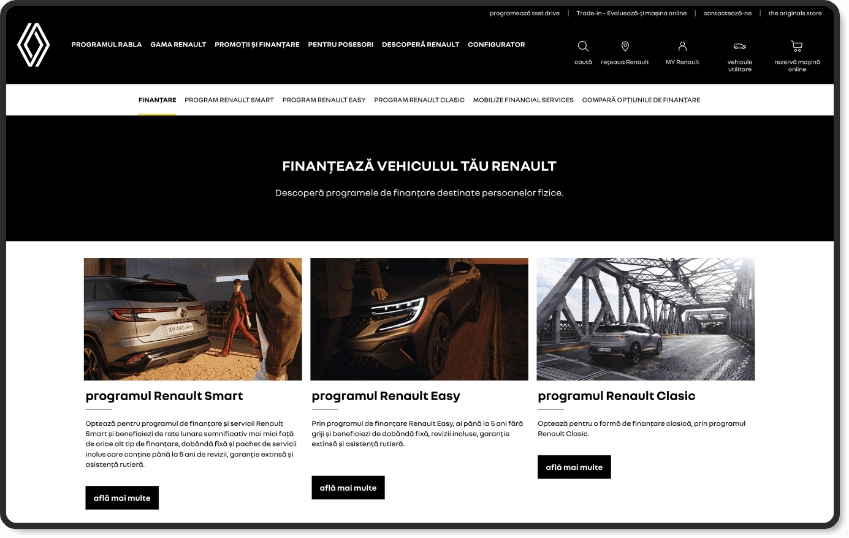
Implement
With all the information we received and knowing the new CMS, we started designing the first page. In this phase we used sketches, but also UX Pin to simulate the exact position of content blocks and images.
Since the first sketch, we realized that we have two major problems: images and content. We needed big images and in the terms of content, we had the full-width pages. Now all the pages with reduced content were highly visible and required some renaissance.
Mobile first
Also, the first pages were made “mobile first”: each block content must contain a maximum of characters, the important information was put at the top.
In this case, the dilemma was…too much content for mobile and too little for the desktop.
…and our helpers
We used six templates for the pages, eight types of grid and more than 33 components for the grid that we closed. That means 250 ways that a page can look.
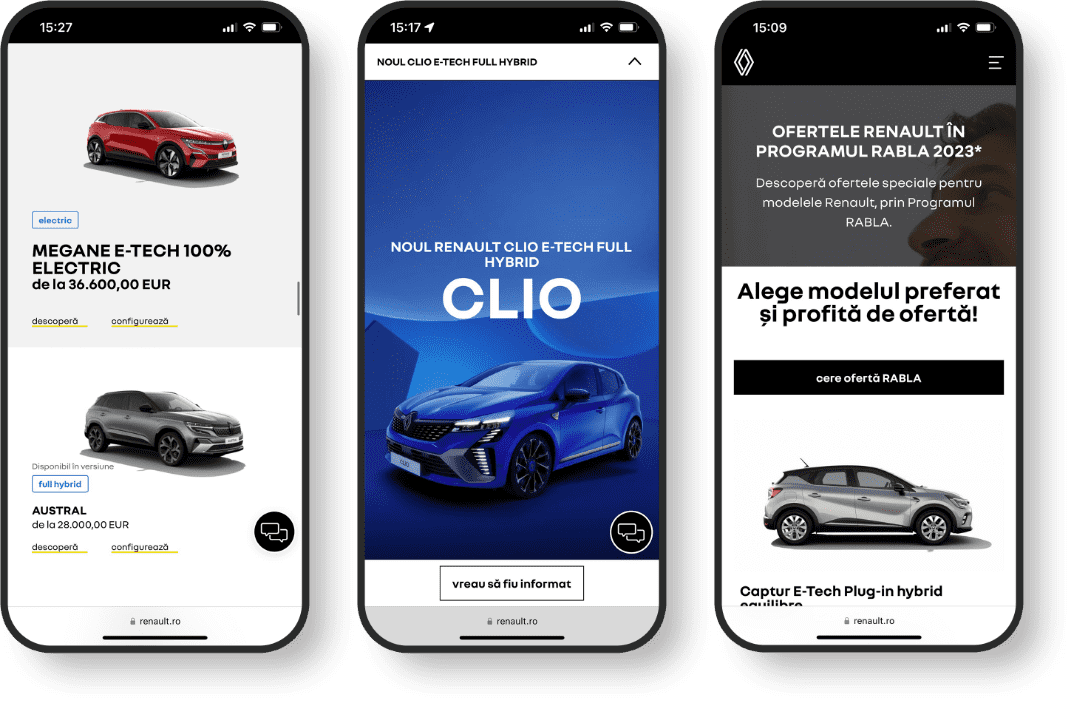
First victory: SEO
To save time we decided to handle the SEO process after finishing each page. Most countries chose the opposite path. They left this process for the last round, when all content and pages were completed. So we had the big picture of each page. Moreover, it was very simple to optimize pages simultaneously for SEO.
This way, before content, we produced a SEO guide that we use even today when we do new pages. We detailed every possible scenario and establish standards for each one of them (e.g. what happens when a page is disabled or what happens when a car model appears before the official launch in the future list models?).
Our work was appreciated by the team that coordinated the project at international level and we became a model for other countries.
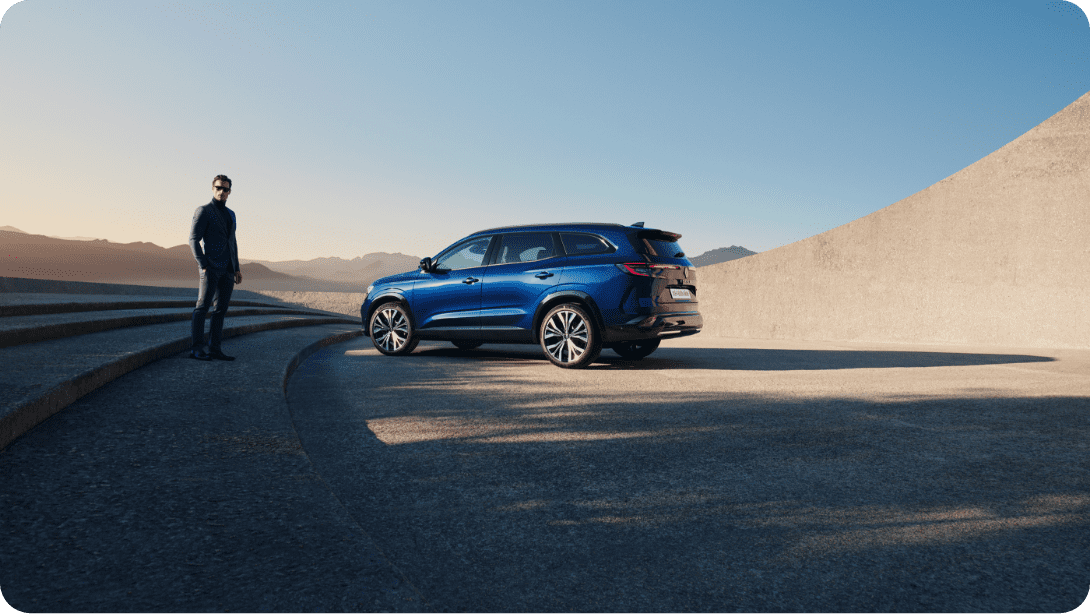
Forms
The forms were the big bonus of the platform because now the power was in our hands. We decided that the best way to use the new technology to its full potential was to provide custom information for users (individual/legal person), a success page with adaptive information and an enjoyable experience for mobile, tablet and desktop.
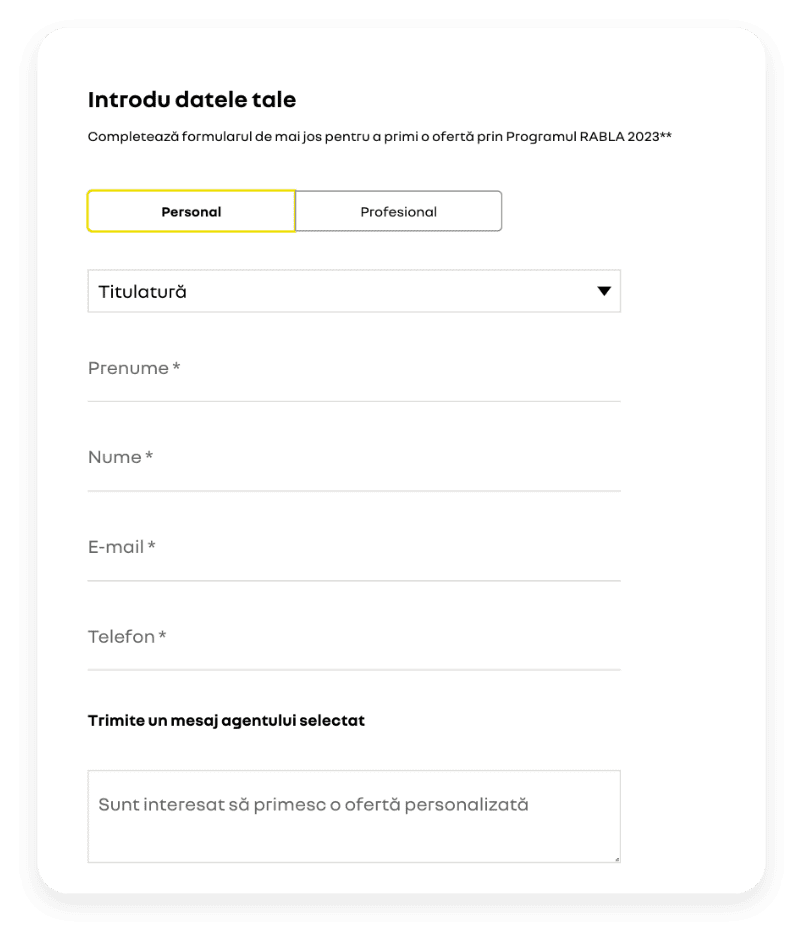
Maintain
About a month before the launch we made no new pages or big changes. In this period the whole team was mobilized for testing, checking and rechecking. Our work was facilitated by a “content checklist” as we examined all the items (sitemap, SEO, configuration, mobile behavior, form and language). We checked each page. We turned art into math and verified that a component had no more than 250 characters (to display properly for mobile).
On the D-day we took a deep breath and waited for the launch of the largest project of content so far.

…and for the future
For us and Renault, this site is like a child that we plan to grow. Three months after launch we observed that mobile users came from exploring not more than two pages/session. In these conditions, we adapted and realized that the main information must be read by users in the first two pages according to user journey.
